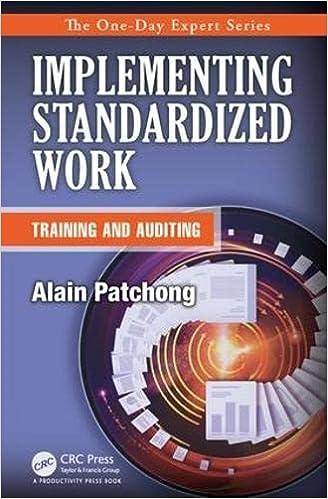Chapter 1 Audit samlingfor tests of controls e estimation sampling (AES) technique, which of the following is not a true statement when an a exception rate (TER)? (Hint: consider magnitude) a. If the tolerable tor compares the maximum population exception rate (MPER) with the maximum population exception rate is marginally higher than the tolerable exception rate, revise the tolerable exception rate. b. If the maximum population exception rate is significantly lower than the tolerable exception rate, accept the internal control as being reliable c. If th e maximum population exception rate is marginally higher than the tolerable exception rate, reject the internal control as being reliable. d. If the maximum population exception rate is significantly higher than the tolerable exception rate, acceptable risk of over-reliance should not be revised In attribute estimation sampling (AES) technique, if the ARO is 5%, TER is 490, and EPER is 196, then the sample size is 156 fromthe statistical sample sizes table. If ARO increases from 5% to 10%, TER and EPER remain the same at 4% and 19, respectively, then the sample size will be a. equal to 156. b. more than 156 c. less than 156 d. two times 156. Using the AES technique, a CPA found two exceptions in a sample of 60 when the ARO is set at 5%. As a result, the CPA rejects the internal control as being reliable. If the CPA decides to expand the original sample from 60 to 70, then it will (assuming all else stays constant): 18. a. increase the chance of accepting the internal control as reliable. b. decrease the chance of accepting the internal control as reliable. c. neither increase nor decrease the chance of accepting the internal control as reliable. d, increase or decrease the chance of accepting the internal control as reliable by 10%. Chapter 12 Audit sampling for tests of balances 19. I n monetary unit sampling (MUS) technique, ceteris paribus (i.e., assuming all else stays constant), which one of the following would not lead to a larger sample size? a. lower detection risk, DR. b. lower tolerable misstatement rate, TMR c. lower acceptable risk of incorrect acceptance, ARIA. lower reliability factor, RF







